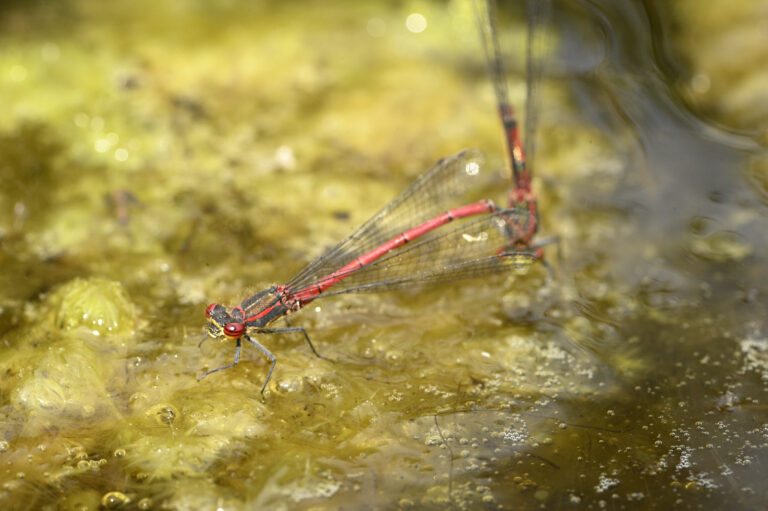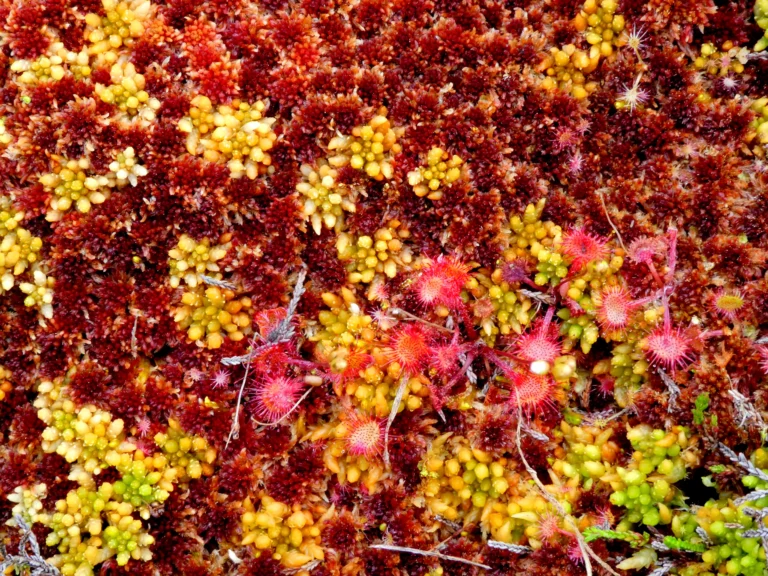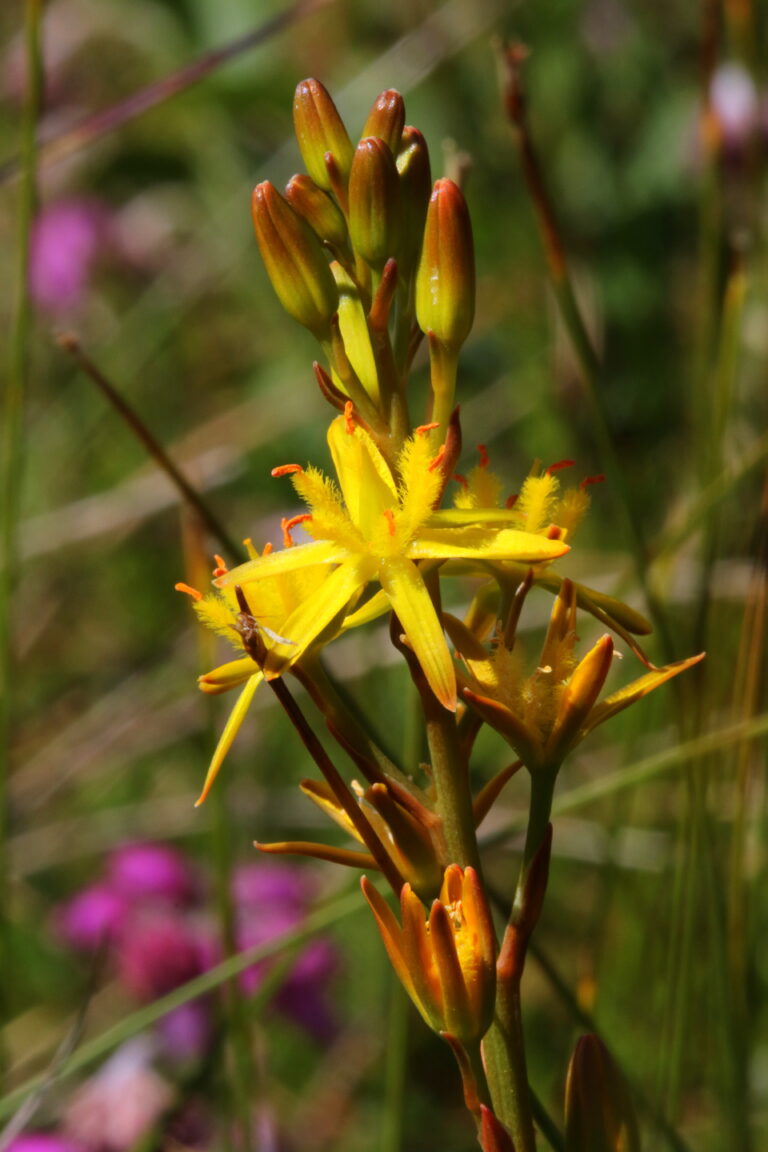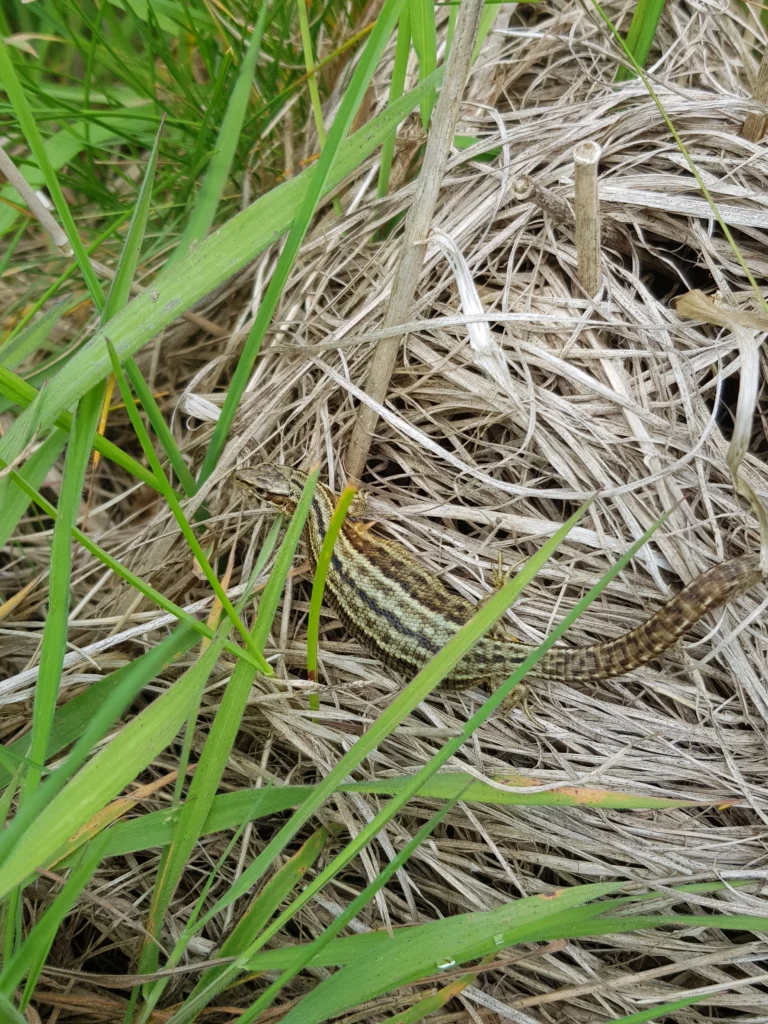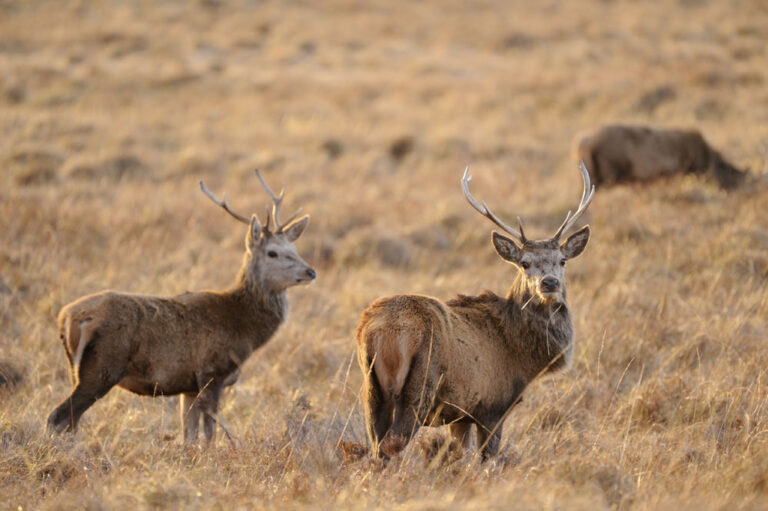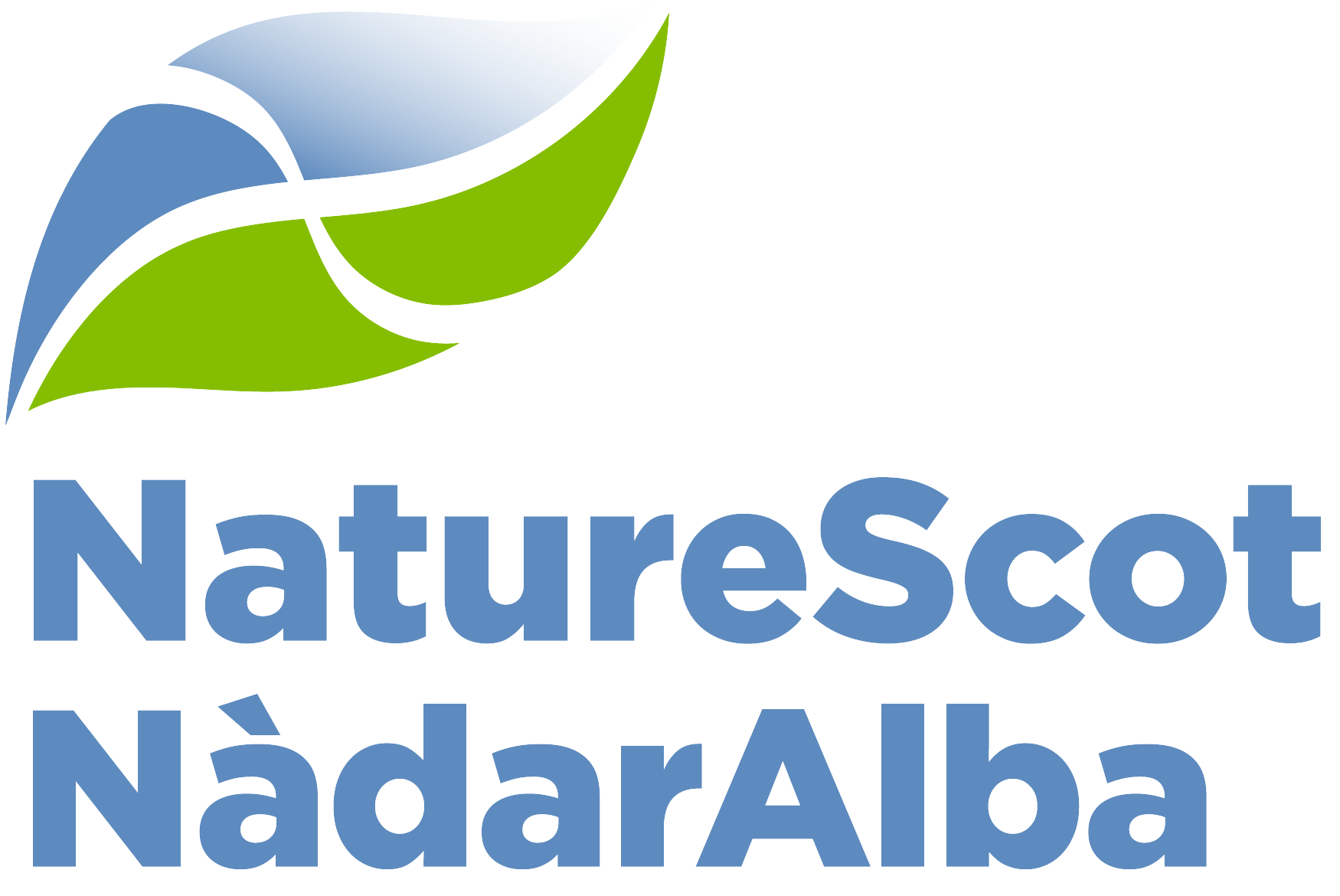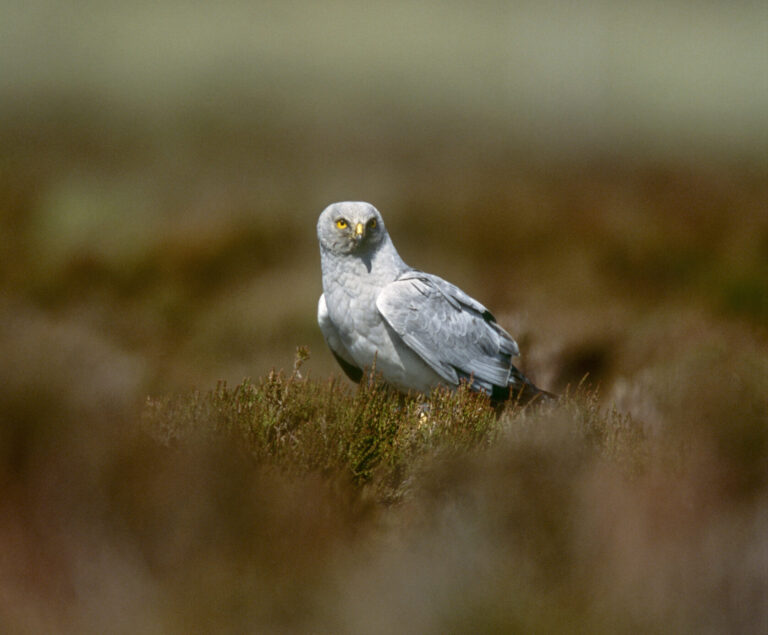

The Flow Country is an internationally important breeding site for upland birds.
In the Spring and Summer, birds come from all over the UK and beyond, to breed in the wild Flow Country.
Golden Plover (Pluvialis apricaria) arrive between March and July and remain until the autumn. If you walk the Forsinain Trail you may see them in the fields close to the farm – listen out for their plaintive “peep”.
You should be able to hear their song alongside that of the skylark (Alauda arvensis) – another summer visitor. Whilst widespread here, their numbers are in decline.
The meadow pipit (Anthus pratensis) is the most common songbird in upland areas. Its numbers are in decline, but, alongside the wheatear (Oenanthe oenanthe), it is a regular sight in the roadside fields throughout the Flow Country.
Another species in decline, curlew (Numenius arquata) are the largest wading bird in Europe and are easily identified by its long, downcurved bill. The Flow Country is an important breeding area for these graceful birds.
Harder to spot are greenshank (Tringa nebularia) and dunlin (Calidris alpine). Both visit in the summer to breed and can be seen close to the pools and rivers of the Flow Country.
The most common bird of prey in the UK, buzzards (Buteo buteo) are regularly spotted throughout the year along the roads through the Flow Country. A less common resident bird of prey you might see if the hen harrier (Circus cyaneus). During the spring time, you may be lucky enough to see the male hen harriers dramatic mating ritual – the sky dance.
Red-throated diver (Gavia stellata) and black-throated diver (Gavia arctica) enjoy the peace of the lochs of the farthest reaches of the Flow Country during breeding season.
The short-eared owl (Asio flammeus) is one of the few resident birds here that is easier to spot in the winter.

